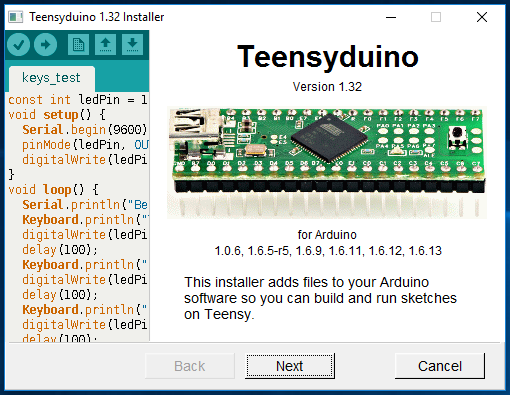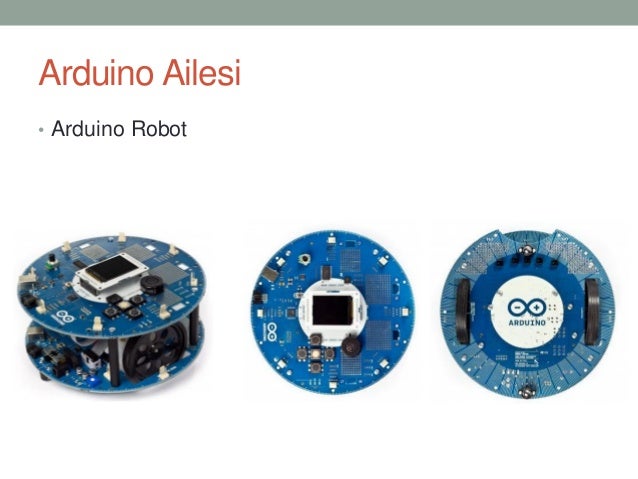Driver For Arduino Uno Mac Os
The open-source Arduino Software Integrated Development Environment (IDE) makes it easy to write code and upload it to the development board. The IDE is available for Windows, Mac OS X, and Linux. The environment is written in Java and based on Processing and other open-source software. The software is available at no cost from the Arduino Site. Plug the Arduino Into the PC. Plug the Arduino board into the PC. Windows will try to install drivers.
Download the previous version of the current release the classic Arduino 1.0.x, or the Arduino 1.5.x Beta version. All the Arduino 00xx versions are also available for download. The Arduino IDE can be used on Windows, Linux (both 32 and 64 bits), and Mac OS X. Probably, you have Chinese Uno analog which works on CH340 USB-to-serial chip, so you need to install driver for it. Steps to fix: Install the CH340 driver; Run the command in Terminal: sudo nvram boot-args='kext-dev-mode=1' (disable kext signing introduced in Mac OS X 10.9 Yosemite) Reboot; Also you're right according to Uno and FDTI. Differences with other boards.

- 3Install Driver

Download the Arduino IDE
'Arduino' is not only the name of the microcontroller board, but also the name of a programming IDE based on C/C++. After you getting your Arduino board or compatible board such as Crowduino, you should install the IDE. Depending on OS version, the specific installation varies. Thankfully Arduino team provides us a detailed installation guide for most OS systems.
Please download the latest version of Arduino IDE at: http://arduino.cc/en/Main/Software
Connect Crowduino to PC
Connect the Crowduino board to your computer using the USB cable.
Install Driver
Installing drivers for the Crowduino In Windows
- Plug in your Crowduino, Windows will try to install the driver automatically. If you are lucy enougth, the installation will be Done automatically in about 1 minute. If not, follow the next steps.
- Open the Device Manager by right clicking “My computer” and selecting control panel.
- Look under Ports (COM & LPT). You should see an open port named 'USB Serial Port' Right click on the 'USB Serial Port' and choose the 'Update Driver Software' option.
While Microsoft doesn't have a desktop version of Visio for macOS, you can still work on Visio files on a Mac in your web browser. Visio for the web lets you view, create, and edit diagrams in the Safari or Chrome browser on your Mac. There's nothing to install. You just need a Visio Plan 1 subscription, which you can get on a monthly or annual basis. The subscription comes with 2 GB of free OneDrive storage. Viewer visio for mac os. VSD Viewer Mac is a tool designed to support the use of the Visio documents by Mac OS X users. VSD Viewer supports binary VSD 2000-2013, and XML-based VDX/VSDX document formats.
- Choose the 'Browse my computer for Driver software' option.
- Select the driver file named FTDI USB Drivers, located in the 'Drivers' folder in the Arduino IDE

- If you installed driver successfully:
- Check with serial port the Crowduino is using by opening the Windows Device Manager:
Installing drivers for the Crowduino with Mac OS
- Enter page: http://www.ftdichip.com/Drivers/VCP.htm.
- Download Driver for the Mac OS X version, and the right version for your own computer
Arduino Uno Programming Software
- Open the driver file which you just download, and double click FTDIUSBSerialDriver_10_4_10_5_10_6_10_7.mpkg and continue
- You can see the below dialog boxes if you have installed driver successfully.
So I bought some Arduino Nano (https://www.arduino.cc/en/Main/ArduinoBoardNano) over Amazon lately and was amazed that I got 5 boards for only ~15 EUR by some chinese retailer. When I finally found some time and wanted to start programming with the Nano modules I couldn’t manage to connect them to the Arduino IDE.
If connected via USB you normally have to make the USB connection first, start the Arduino IDE and finally have to select the model and mainly the port over the Tools menu. I did so on my OSX 10.11 ( El Capitan ), but the Nano module didn’t show up on the ports list. Only /dev/cu.Bluetooth-Incoming-Port was listed.

After some days of random Google researches and several driver installations without fixing the problem, I finally found out that there are two main USB to UART converter chips used which need different drivers.
Official boards use FT232 some chinese boards use a CH340 Chip
First have a look at the USB modules on your board and read if it says something like „CH34*“ or „FT232“. Minecraft mods for mac os x. You could with the chip on the backside of the Arduino board like this:
First of all be sure that your board is still working and is detected at the USB Port. So go by „Apple Logo top left“ > „About This Mac“ > „System Report“ > „Hardware / USB„. Try this once without the Arduino board connected and once with the board connected. There should be an additional USB device listed. With the original Arduino boards you might directly get the board name, like „Arduino Leonard“. With the cheaper models it maybe just say „USB Device 2.0“.
For the official Arduino boards with the FT232 chips you need the FTDI Driver. Those drivers are officially signed by Apple too. No further problems to be expected. Do the following steps:
- Download the drivers ( Version 2.3 and later ) from here: http://www.ftdichip.com/Drivers/VCP.htm
- Install the downloaded .pkg file
- restart the computer
- You should find a new port listed within the Arduino IDE, like /dev/tty.usbserial-xxxxxxxx
For other boards using the CH34x chip you need those drivers. The problem here is, that they are currently not signed by Apple ( and probably will never ). So we have to switch of the security mode. Access denied for user using password yes. This is of course officially not recommended. WARNING: This will not work with OSX 10.12 (macOS / OSX Sierra). For macOS 10.12 or later you could use the following solution. Please do not do this with those versions as this will stop the boot process and you have to unset this via recovery mode.
For OSX 10.9 – 10.11. you could do the following steps:
- Download the drivers from here: http://www.wch.cn/downfile/178
- Install the downloaded .pkg file
- restart the computer
- run the following command within the terminal
sudo nvram boot-args='kext-dev-mode=1' - after confirming this with your admin password, restart the computer
- You should find a new port listed within the Arduino IDE, like /dev/cu.wchusbserial1d10
Arduino Uno software download, free
If you want to remove those drivers later remove all file like „FTDIUSBSerialDriver.kext“ or „usbserial.kext“ from the /Library/Extensions directory.
cheers.
Sebastian
